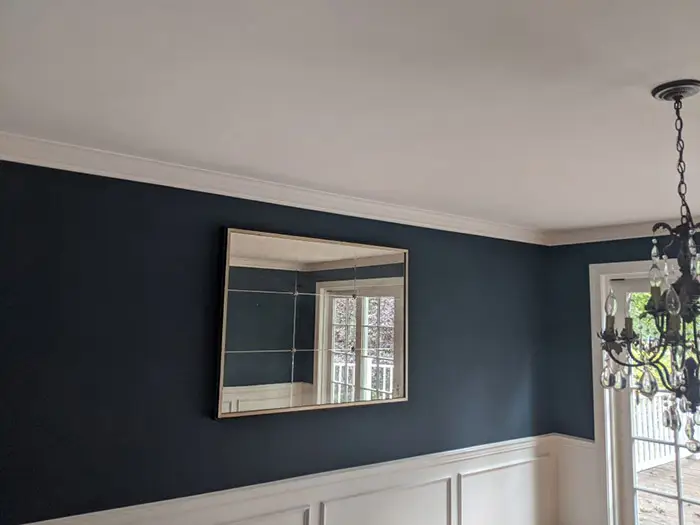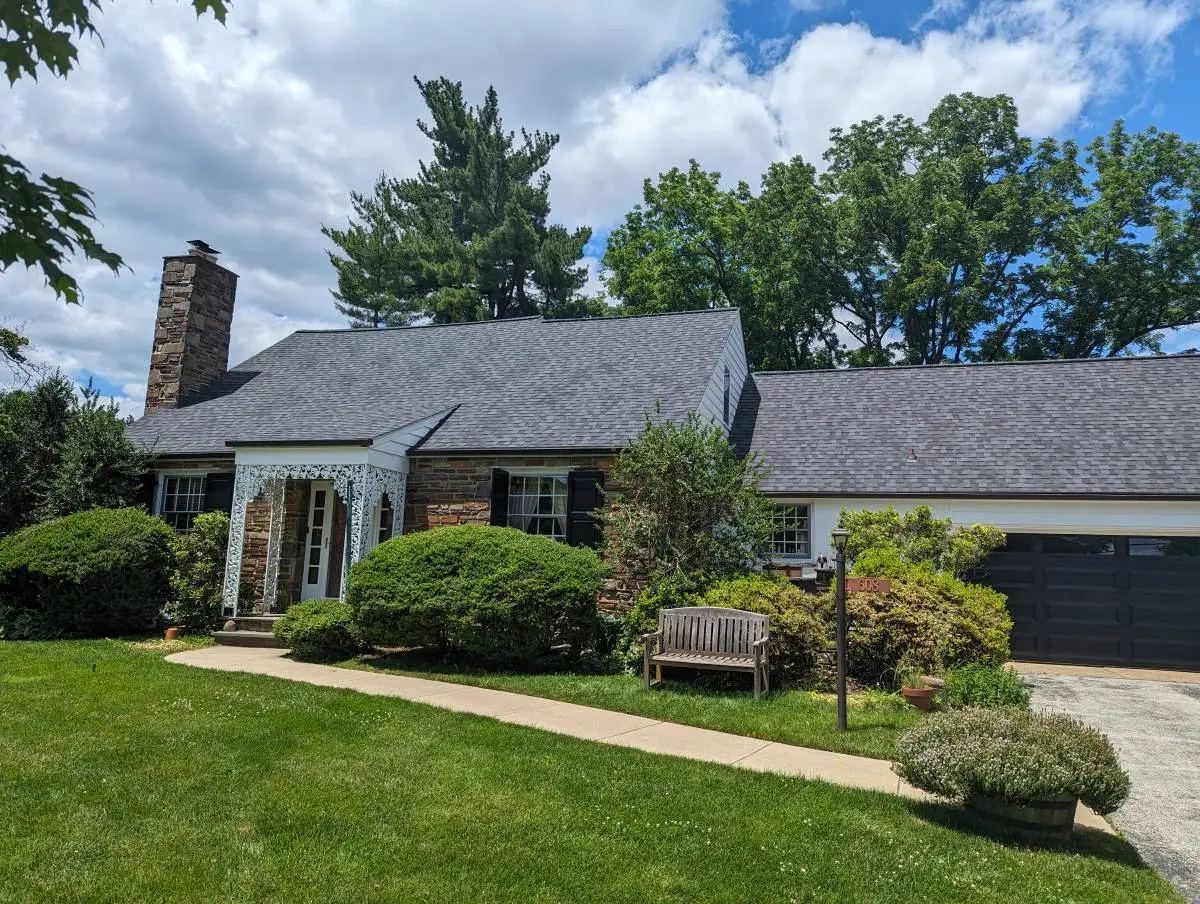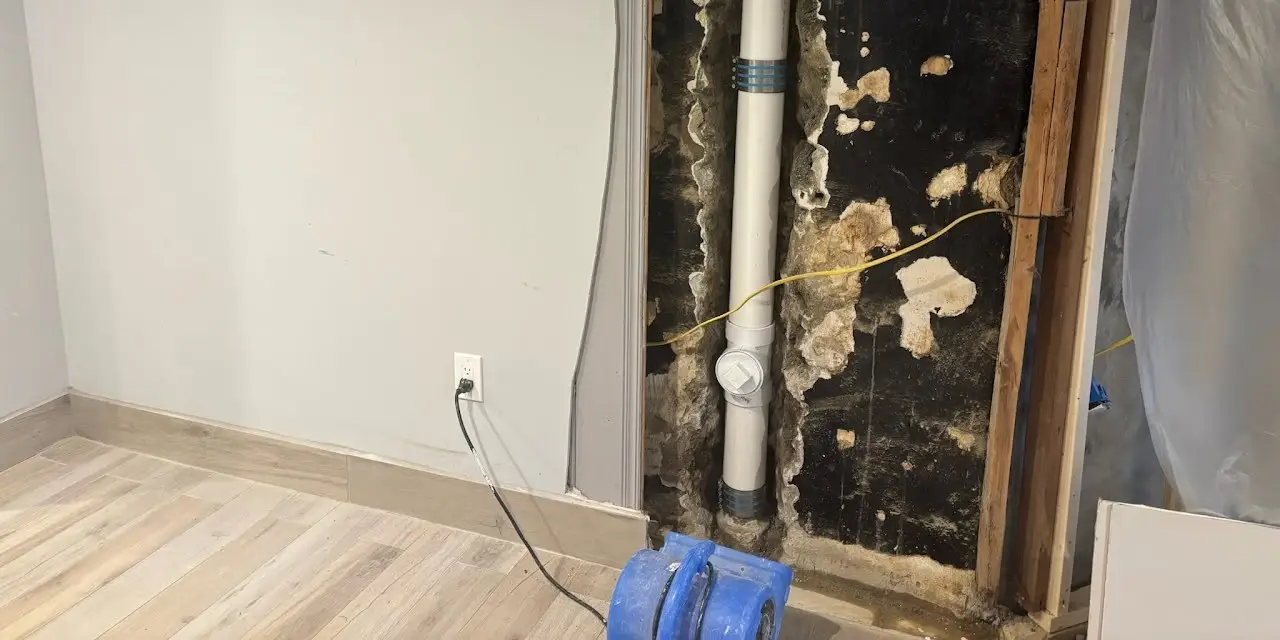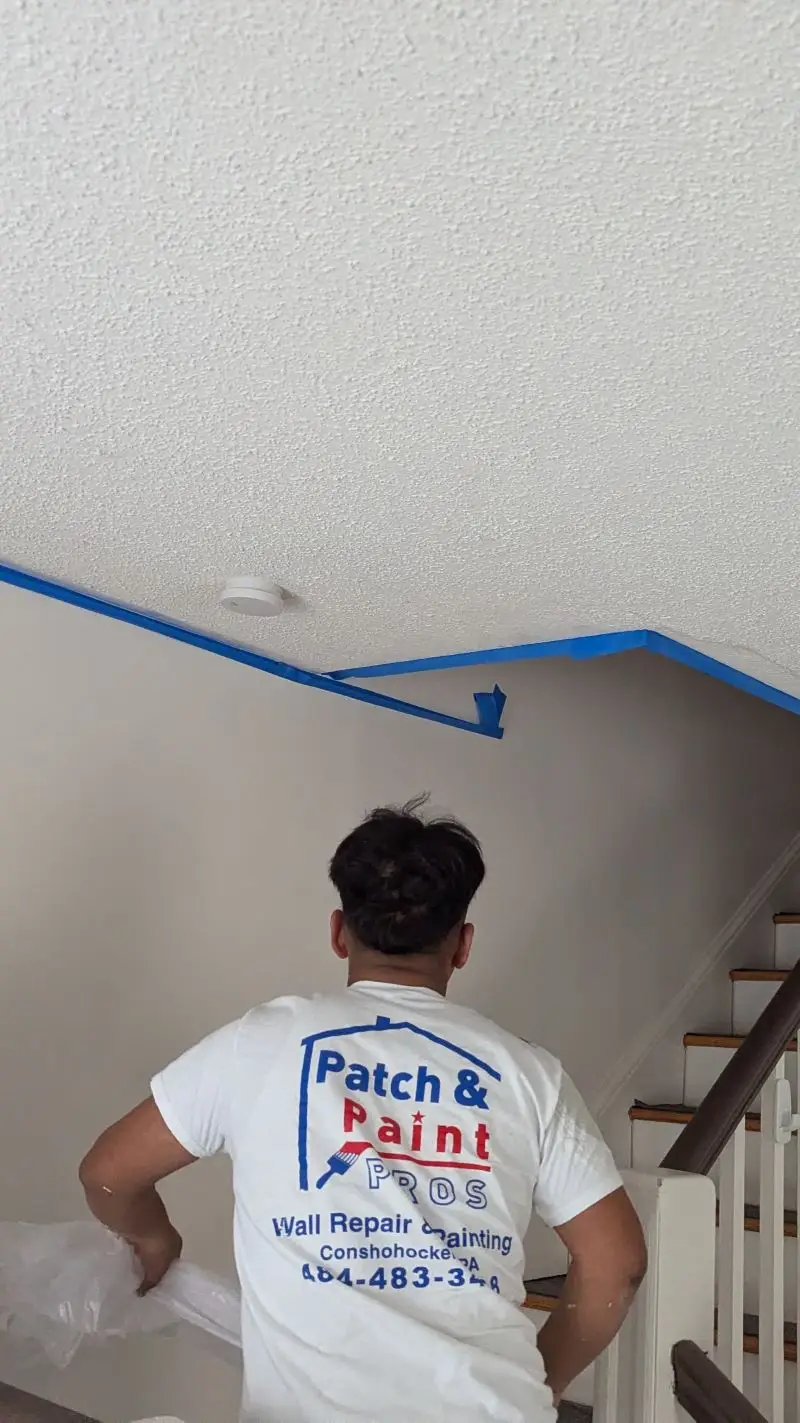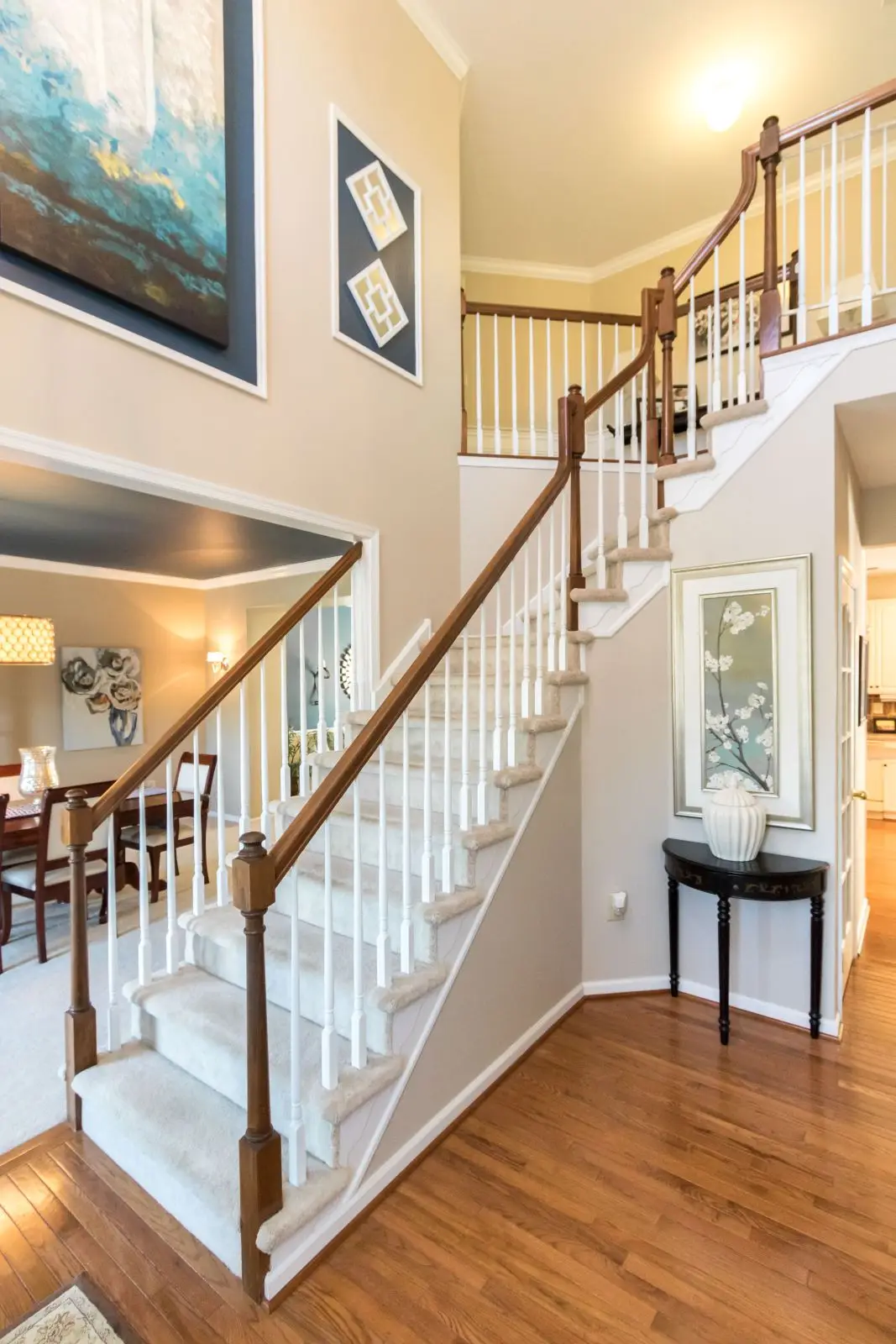When it comes to selecting the right paint finish for your home, it can be challenging to decide which type will work best for each room. With so many options to choose from, it’s essential to have an understanding of what each finish offers.
In this article, we’ll discuss the various types of paint finishes available and provide guidance on how to select the perfect finish for your space. Whether you’re looking for a high-gloss finish that will make your walls pop or a matte finish that will give a cozy feel to your room, we’ll help you choose the right one. Additionally, we’ll explain the importance of working with an interior painting company that can help you achieve the perfect look and feel for your home.
Understanding The Different Paint Finishes
When it comes to choosing the right paint finish for each room, there are a lot of factors to consider. The different types of finishes available include flat finishes, satin finishes, semi-gloss, high-gloss paint, and glossier finishes.
High-gloss paint produces a very shiny, reflective surface that is great for areas that require frequent cleaning. However, this finish is not ideal for larger surfaces, as it has a tendency to highlight any imperfections.
Satin and eggshell finishes offer a more muted shine than high-gloss varieties. They are a good choice if you don’t want too much reflection but still want a finish that is easy to clean. However, it is worth noting that these finishes will require more frequent cleaning as dirt is more visible on their softer sheen.
Flat or matte paint offers no reflection at all, making it ideal for hiding small flaws. It is excellent for surfaces that do not require frequent cleaning, but it is not recommended for high-traffic areas as it can show fingerprints easily.
Matching the right paint finish to the function of each room is crucial. For example, a high-gloss finish would be great in a kitchen or bathroom, where surfaces are prone to moisture and need to be cleaned frequently. On the other hand, a flat or matte finish would be perfect for a bedroom or living room, where a smooth, even finish is desired and cleaning is not as frequent.
By understanding the different types of paint finishes available and their best applications, you can ensure that you make the right choice for your next painting project. The right finish can make all the difference in achieving the desired look and durability for each room in your home.
Matching Paint Finish To Room Function
Take a look at the living room of John and Mary. They needed to decide which paint finish to use in order for it to match the function of their space. After considering various options, they chose an eggshell finish that was perfect for the atmosphere they wanted to create and could handle light foot traffic.
Choosing the right paint finish can be made easier by understanding how each one best serves different rooms:
High Traffic Areas
- Semi-gloss: These finishes are resistant to moisture, making them ideal for kitchens, bathrooms, and other high-traffic areas where easy clean-up is essential.
- Satin: This slightly more matte finish is also great for high-traffic areas since it resists dirt better than flat paints. It’s often used on cabinets and trim as well.
Low Traffic Areas
- Eggshells: The subtle shine of this sheen combined with its low reflectivity makes it perfect for spaces like bedrooms, dining rooms, and hallways where you don’t want too much glare but still need durability against occasional spills or scuffs.
- Flat/Matte: As the least shiny option available, these finishes provide excellent hide ability while providing little reflection so your walls won’t appear too bright or glossy when painted.
In choosing a paint finish for any given space, consider both the amount of traffic within that area as well as any specific design goals you might have in mind for creating the desired atmosphere. Moving forward in selecting the proper sheen level will ensure that all those needs are met perfectly!
Choosing The Right Sheen Level
The sheen level of paint is an important consideration when selecting the correct finish for each room. Sheen creates different levels of shine and reflects light differently, which can make a big difference in how the space looks.
It’s especially important to consider your lifestyle and needs when choosing a sheen since some finishes are more durable than others. Glossy paints have the highest reflectivity, but they also tend to show imperfections or fingerprints easily.
Semi-gloss paints offer good protection with less glare, while satin provides a balance between durability and beauty without sacrificing too much sheen. Flat enamel paints provide little reflectivity and work best in spaces that need lots of touchups like kids’ rooms or bathrooms as they clean relatively well compared to other types of paint.
Ultimately, it just comes down to individual preference – whichever you choose will depend on what works best for you! Now that you know about choosing the right sheen level, let’s move on to picking durable paint finishes for your home.
Picking Durable Paint Finishes
When choosing paint finishes for each room, it’s important to consider the level of durability and sheen that is required. Sheen levels vary from matte, eggshell, satin, and semi-gloss, to high gloss.
Matte offers very little protection against dirt or water but can look great in low-traffic areas like bedrooms; whereas a higher sheen will be more durable and easier to clean in a bathroom or kitchen. It’s also important to consider how much natural light each room receives as this will affect the overall color intensity.
If you’re unsure about which finish is best for your space, ask a professional painter for their advice. They’ll be able to provide an informed opinion on what type of product would work best given the area’s specific needs.
Moving forward, selecting the right primer and paint requires careful consideration too. To ensure optimal results and longevity, it pays off to take the time to understand all of the options available before starting any project.
Applying The Right Primer And Paint
Now that you have chosen a durable paint finish for each room, it’s time to apply the right primer and paint. It is important to consider different types of primers when prepping your walls prior to painting. Not all primers are created equal; some are better suited for different surfaces than others.
Here are four things to keep in mind when selecting a primer:
- Choose an oil-based or latex-based primer based on the type of surface being painted (e.g., wood, plastic, etc.).
- Consider if any mildew or mold needs to be treated before priming and painting begin.
- Look for specific primers designed for stain blocking, depending on the color being used over existing colors or stains.
- Research what kind of sealant may need to be applied after priming, such as a shellac-type sealer for high-humidity areas like bathrooms or kitchens.
Once you’ve selected the proper primer, it’s time to choose the best quality paints that will stand up against wear and tear without fading over time while simultaneously matching your unique design vision.
Final Thoughts
When it comes to choosing the right paint finish for each room, a little patience and research can go a long way. It’s important to remember that different sheen levels of paint will have varying levels of durability, as well as how they reflect light in any given space. Taking this into account when selecting your paint finish is key to achieving the look you’re going for.
According to experts, one of the biggest mistakes homeowners make is not using a primer before painting their walls – by doing so, you are increasing the longevity and quality of your project significantly! So take these tips into consideration next time you decide on giving your home an upgrade with some fresh new color.

